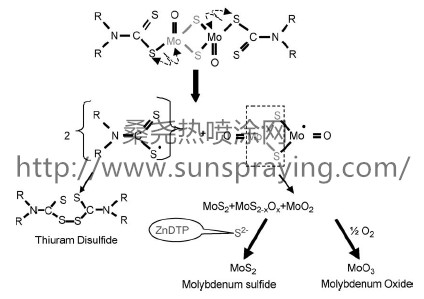In the new millennium, the long-term impact of lubricants and additives components will become design and marketing issues based on such concerns as the environment, toxicity and fuel economy. Development of lubricant additives directly from renewable natural materials and new mechanical components for combustion engine (lightweight body structures, direct-injection systems for gasoline engines.) will play a far more important role than in the last for improving fuel economy and environment protection. However, the replacement of extreme-pressure additives such as zinc dialkyldithiophosphates (ZDDP) will present a challenge in terms of being found in nature and the development of mechanical components has several disadvantages such as its high cost and design limitations. Another approach to respond to these economical and environmental requirements is the potential use of low friction and wear resistant coatings in mechanical components submitted to boundary lubrication conditions. Diamond-like-carbon (DLC) coatings which have been extensively studied as surface films to protect hard brittle materials from cracking and ductile metal surfaces from adhesion may fulfil this role. Depending on their properties which are in turn dependent on the deposition procedure, these coatings present a wide range of tribological behavior, including friction coefficients in ultra-high vacuum below 0.02. In boundary lubrication, the engine oil environment which provides similar favourable air free conditions may lead to such low friction levels. Fuel economy and reduction of harmful elements in lubricants are becoming important issues in the automotive industry. An approach to respond to these requirements is the potential use of low friction coatings in engine components exposed to boundary lubrication conditions. Diamond-like-carbon (DLC) coatings present a wide range of tribological behavior, including friction coefficients in ultra-high vacuum below 0.02. The engine oil environment which provides similar favourable air free conditions might lead to such low friction levels.

本文由桑尧热喷涂网收集整理。本站文章未经允许不得转载;如欲转载请注明出处,北京桑尧科技开发有限公司网址:http://www.sunspraying.com/
|

